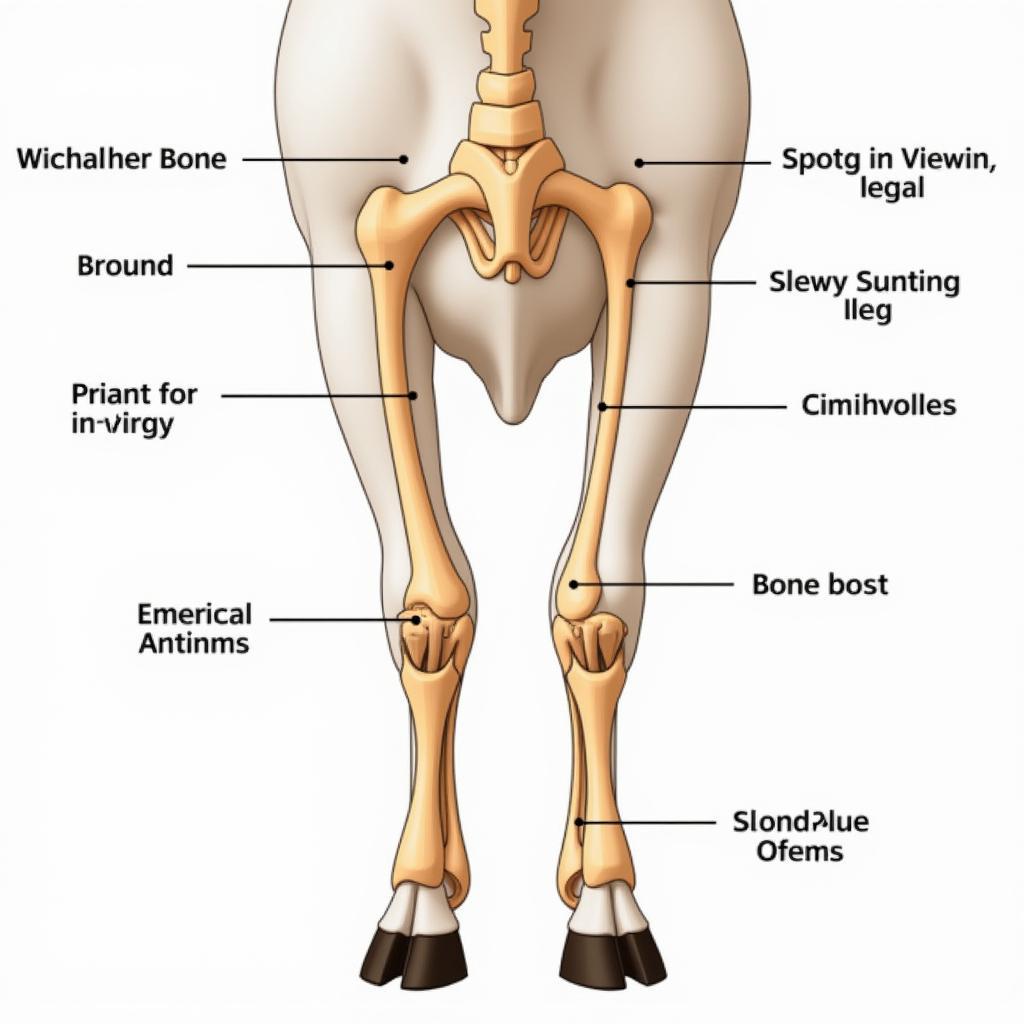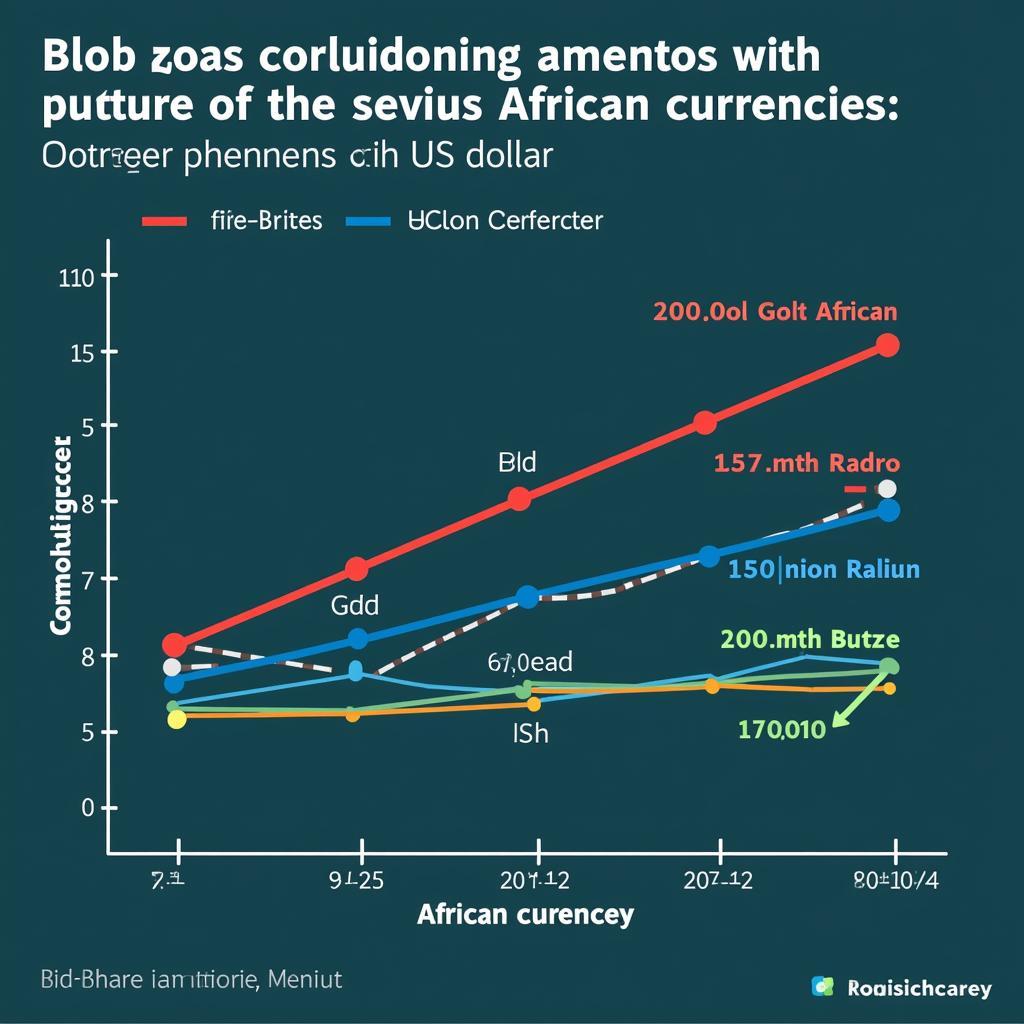African Dashiki Fabric: A Vibrant Tapestry of Culture and Style
African Dashiki Fabric is more than just a beautiful textile; it’s a vibrant symbol of African culture, history, and identity. This distinctive fabric has become a staple of traditional and contemporary fashion, adorning everything from elaborate ceremonial garments to casual streetwear. In this article, we’ll delve into the fascinating world of Dashiki fabric, exploring its origins, significance, and enduring appeal.
The Origins and Evolution of Dashiki Fabric
The origins of Dashiki fabric can be traced back to the ancient weaving traditions of West Africa, where various cultures have long been renowned for their intricate textile designs. The term “Dashiki” itself is believed to have originated from the Yoruba language of Nigeria, meaning “shirt” or “tunic.”
Traditionally, Dashiki fabric was crafted using handloom techniques, with skilled artisans using natural dyes extracted from plants and minerals to create bold and colorful patterns. Over time, the fabric evolved, incorporating new materials and techniques. The introduction of synthetic fibers and modern printing methods has made Dashiki fabric more accessible and affordable, while maintaining its distinctive character.
Cultural Significance and Symbolism
Dashiki fabric holds a profound cultural significance in many African communities. Its intricate patterns often represent specific symbols, stories, and cultural beliefs. Some of the common motifs seen in Dashiki fabrics include:
- Geometric patterns: These patterns often symbolize order, harmony, and the interconnectedness of life.
- Animal motifs: Animals like lions, leopards, and elephants are often incorporated into Dashiki designs, representing strength, power, and wisdom.
- Floral patterns: Flowers are a common motif in Dashiki fabrics, symbolizing beauty, abundance, and fertility.
In many African societies, Dashiki garments are worn during special occasions and celebrations, such as weddings, festivals, and religious ceremonies. They serve as a powerful visual representation of cultural pride and heritage.
Modern Dashiki Fashion: A Fusion of Tradition and Contemporary Style
Today, Dashiki fabric continues to inspire fashion designers and stylists around the world. Its versatility allows it to be incorporated into a wide range of garments, from traditional African attire to modern streetwear and high-fashion designs.
Dashiki fabric has been embraced by celebrities and fashion icons, showcasing its global appeal. From Beyoncé in her iconic “Black Is King” visual album to designers like Duro Olowu and Kenneth Ize, Dashiki fabric has become a symbol of style and cultural awareness.
How to Choose and Care for Dashiki Fabric
When choosing Dashiki fabric, it’s important to consider the quality, weight, and pattern. Here are a few tips:
- Look for fabrics with vibrant colors and intricate patterns.
- Choose a weight that’s appropriate for the garment you’re making. Lightweight fabrics are ideal for summer garments, while heavier fabrics are better suited for winter wear.
- Consider the occasion. For formal occasions, opt for a fabric with a more elaborate pattern. For casual wear, a simpler pattern will do.
To care for your Dashiki fabric, follow these instructions:
- Hand wash in cold water.
- Use a mild detergent.
- Do not bleach.
- Air dry.
Where to Buy African Dashiki Fabric
Dashiki fabric is readily available online and in specialty shops. You can find a wide variety of patterns, colors, and weights to choose from.
Here are a few places to start your search:
- Etsy: Etsy is a great place to find handmade and vintage Dashiki fabric.
- Amazon: Amazon offers a wide selection of Dashiki fabric at various price points.
- Local African markets: If you’re lucky enough to have an African market in your area, you’re sure to find some amazing Dashiki fabric.
FAQ:
Q: What is the difference between Ankara and Dashiki fabric?
A: Ankara fabric, also known as wax print, is a type of printed cotton fabric popular in West Africa. Dashiki fabric, on the other hand, is typically woven and features intricate patterns and designs.
Q: How do I know if Dashiki fabric is authentic?
A: Authentic Dashiki fabric is usually made from natural fibers like cotton and is often handwoven. Look for intricate patterns and vibrant colors that are characteristic of traditional African textiles.
Q: What are some popular Dashiki fabric patterns?
A: Some popular Dashiki fabric patterns include geometric designs, animal motifs, and floral patterns. These patterns often represent specific cultural symbols and beliefs.
Q: How can I style Dashiki fabric?
A: Dashiki fabric can be styled in countless ways. You can use it to create traditional African garments, like dresses, shirts, and pants, or incorporate it into modern streetwear looks.
Q: Where can I learn more about African Dashiki fabric?
A: You can find more information about African Dashiki fabric by visiting the websites of African fashion designers, textile museums, and cultural organizations.
African Dashiki fabric is a testament to the rich heritage and creativity of Africa. Its vibrant colors, intricate patterns, and cultural significance make it a cherished textile that continues to inspire fashion and art around the world.




